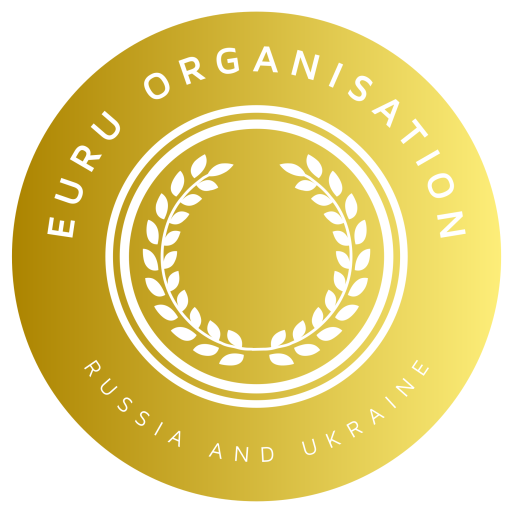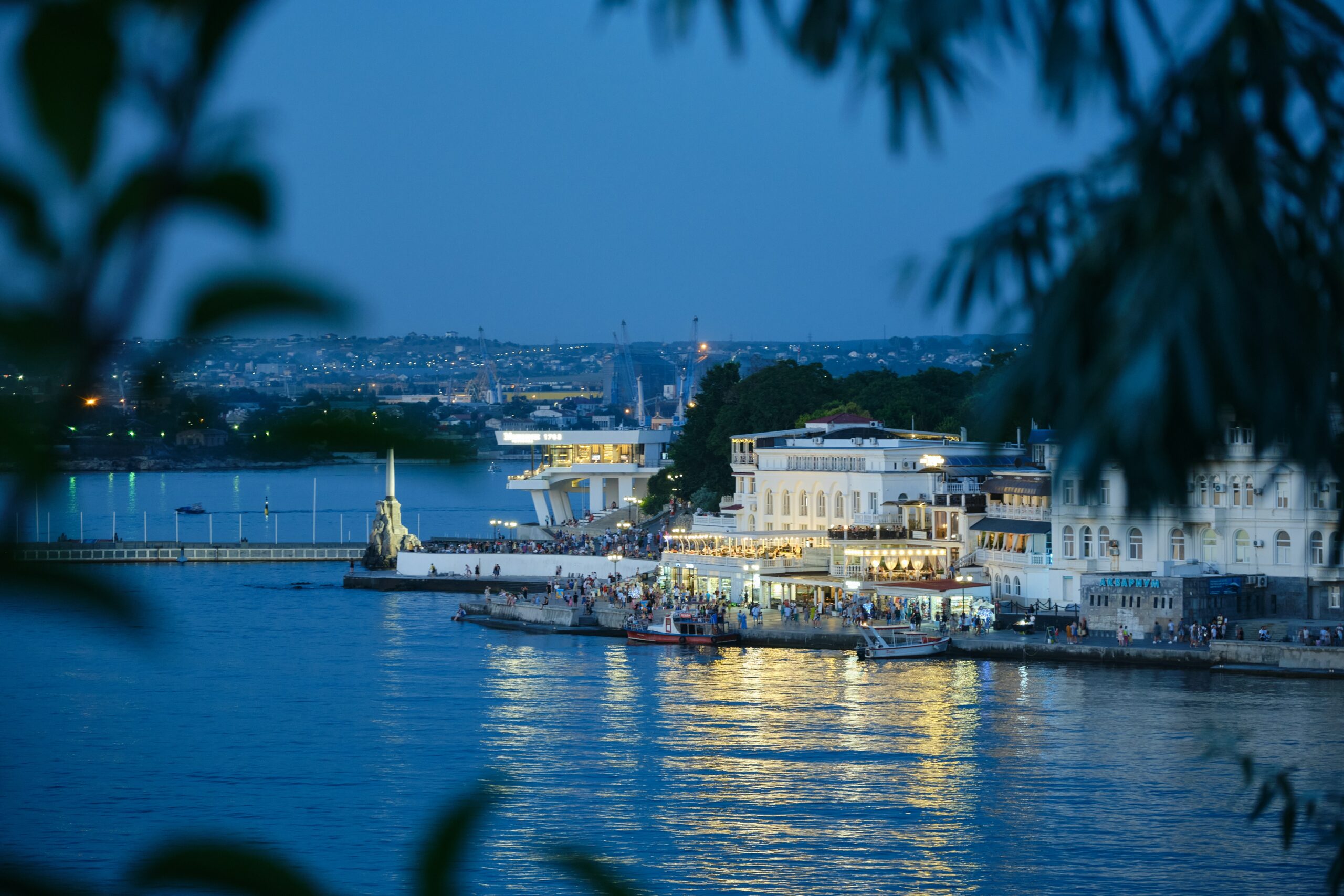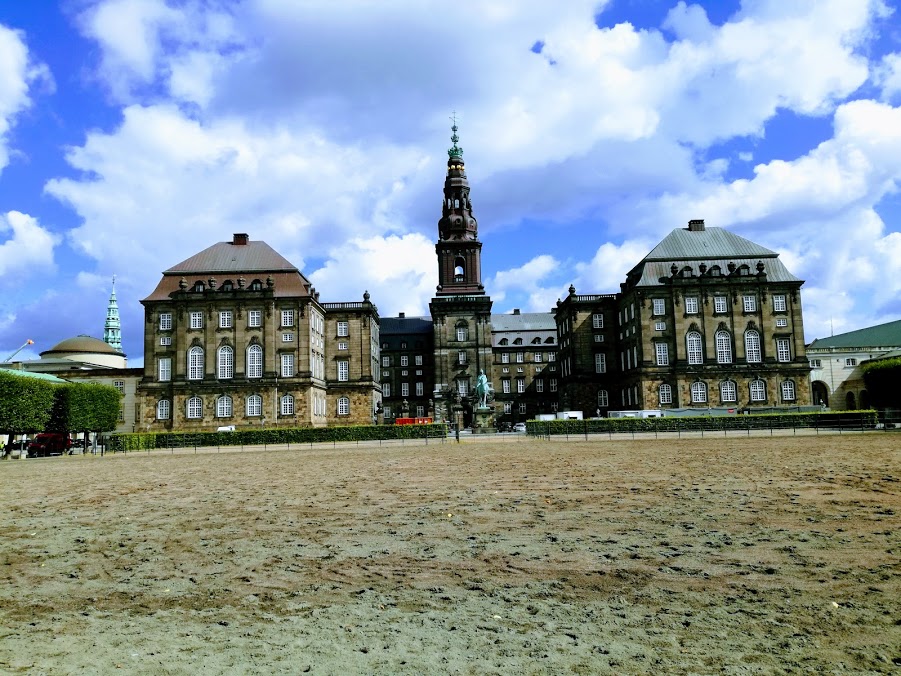Introduction In recent months, substantial diplomatic efforts have been made to bring an end to the conflict between Russia and Ukraine—a conflict that today also significantly involves the United States and the rest of Europe. It is now imperative to establish a structured format for peace negotiations in a neutral country, such as Istanbul, Türkiye, ensuring that future discussions are built upon a solid foundation.
- Ukraine will receive expanded security guarantees from its allies.
- Ukraine will receive economic aid for reconstruction from 50 nations.
- Ukraine will declare itself a militarily neutral state.
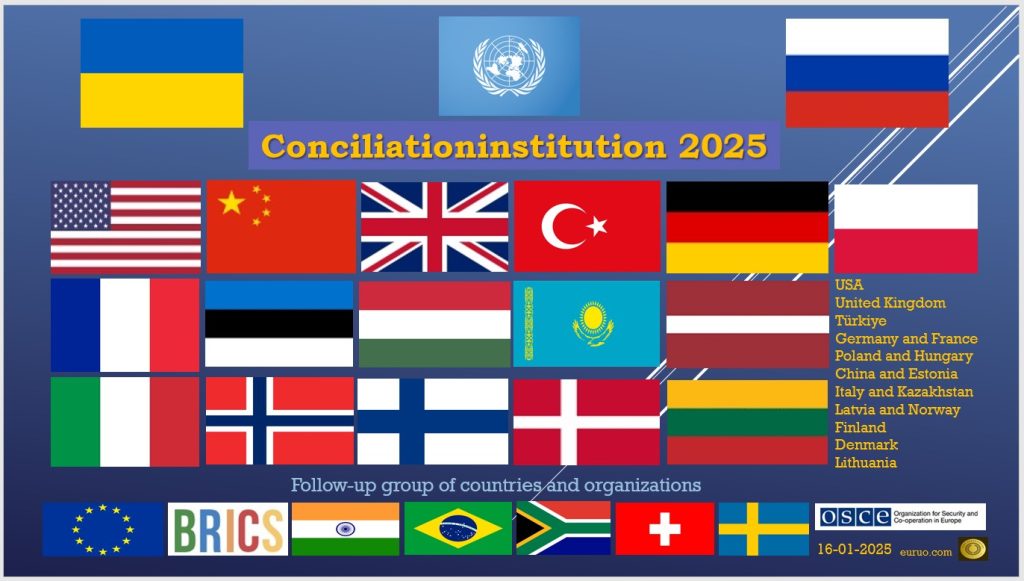
A framework involving 16 nations, known as the 16-2 format, is proposed, wherein these selected nations present Russia and Ukraine with drafts for a future peace agreement. The parties then provide their comments, and diplomatic efforts will further refine the text to establish a viable resolution acceptable to all.
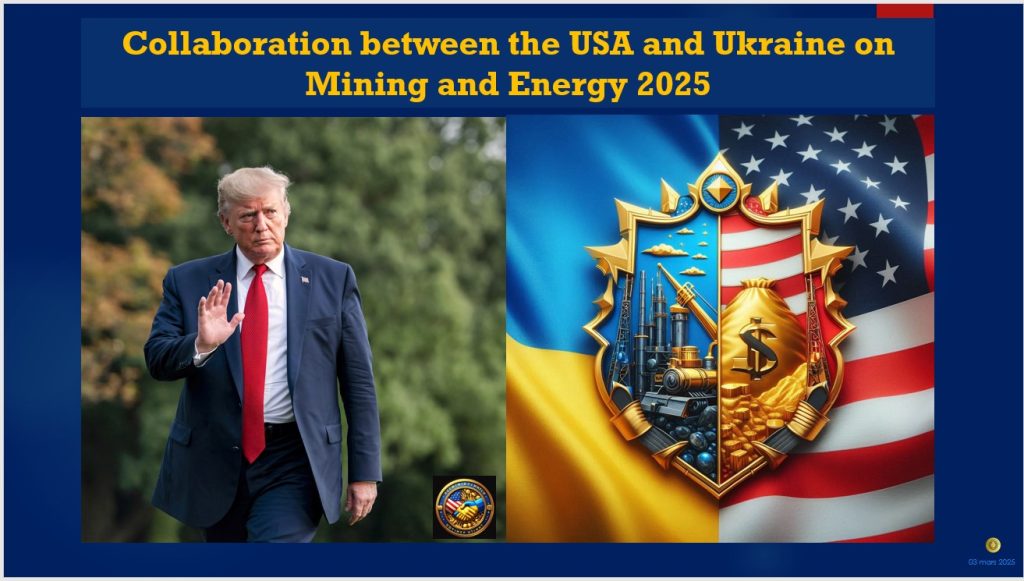
The President of the United States, known for his decisive and impatient leadership, demands concrete progress in the peace talks. His administration has also played a key role in extensive diplomatic efforts toward a peaceful resolution. It is hoped that, together with European leaders, they will continue working toward a solution that allows the Ukrainian and Russian people to live in peace and rebuild their future with optimism.
Peace Plan for Russia and Ukraine: Autonomy, Trade, and Strategic Diplomacy
A Vision for a Stable and Peaceful Future
1. Expanded Autonomy for Donbas and Crimea
- Cultural and Commercial Sovereignty: Donetsk, Luhansk, and Crimea will maintain their economic and cultural identity while engaging in close cooperation with Ukraine and Russia.
- Administrative Control: Local authorities will have governance rights in cultural, educational, and economic matters while remaining part of Ukraine.
- Crimea as a Shared Administrative Model: Crimea will serve as a special economic zone, fostering trade between Ukraine and Russia.
2. Trade and Energy Cooperation with Russia
- Reviving energy collaborations between Russia, Ukraine, the U.S., and the EU to ease global energy tensions.
- Ukraine’s rare earth mineral agreements with U.S. security guarantees.
- Upgrades to the Zaporizhzhia nuclear power plant, led by U.S. investments ensuring safe operations.
- Integration of the Kerch Bridge as a strategic trade route between Russia and Ukraine.
3. Lifting Economic Sanctions on Russia
- Russia’s reintegration into global financial systems, including SWIFT.
- Resumption of commercial relations between Russian industries and Western markets.
- Ukrainian and Russian companies rebuilding trade, focusing on infrastructure projects in affected regions.
4. Military Withdrawal and Strategic Stability Measures
- Russia to withdraw forces from mainland Ukraine to Crimea during a 30-day ceasefire.
- Creation of 200 km-wide demilitarized zones to act as long-term buffer zones.
- Russian military presence to be limited to the Sevastopol naval base to reduce tensions.
5. Special Russian Governors for Trade and Cultural Affairs
- Appointment of Russian envoys in Kherson, Zaporizhzhia, Luhansk, and Donetsk to oversee cultural and trade relations without interfering politically.
- Regional economic and cultural projects enhancing bilateral trust.
- Diplomatic guarantees ensuring collaboration with Ukrainian authorities.

Implementation Strategy for Sustainable Peace
- 30-day ceasefire monitored by international observers.
- Coordinated military relocation supervised by the United Nations.
- Activation of trade and energy agreements incorporating Russia into global markets.
- Formalization of autonomy structures for Donbas and Crimea with mutual guarantees.
- Deployment of Russian trade and cultural envoys to key regions as a confidence-building initiative.
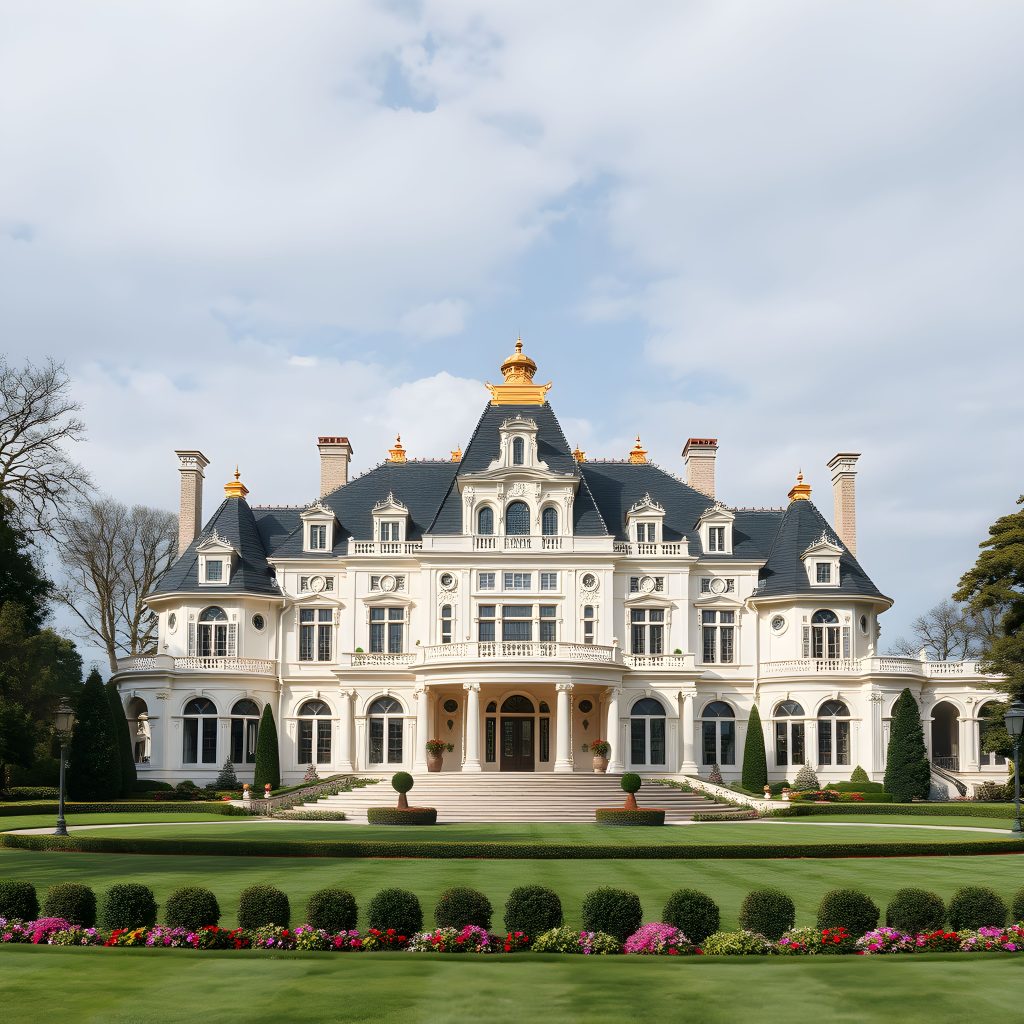
If implemented with broad international support, this plan may serve as the foundation for lasting peace, regional development, and European stability.
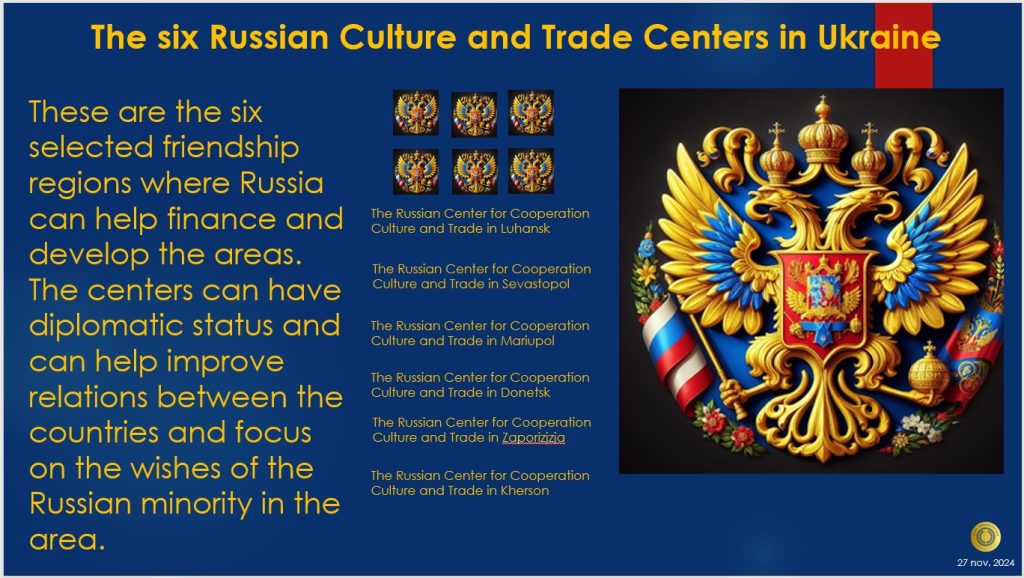
20 Key Areas for a Proposed Peace Plan
- Ukraine will receive expanded security guarantees from its allies.
- Ukraine will receive economic aid for reconstruction from 50 nations.
- Ukraine will declare itself a militarily neutral state.
- A 30-day ceasefire will be implemented as proposed by the United States.
- 50,000 peace observers will be deployed to Ukraine.
- The U.S. will invest in the Zaporizhzhia nuclear power plant and oversee its operation, modernization, and security.
- The U.S. and Ukraine will enter an agreement on rare earth mineral extraction in Donbas, with U.S. security measures ensuring mine safety.
- Russia will commit to rebuilding and modernizing Sevastopol, Luhansk, Donetsk, Mariupol, Zaporizhzhia, and Kherson. Russia will establish six cultural and trade centers in these regions.
- Luhansk and Donetsk will receive expanded autonomy within Ukraine, focusing on cultural and trade policies.
- Crimea will receive expanded autonomy within Ukraine, with a focus on cultural and trade cooperation.
- Russia and Ukraine will establish co-existence agreements for Crimea, potentially allowing dual citizenship arrangements.
- Special Russian-appointed envoys will be stationed in Kherson, Zaporizhzhia, Luhansk, and Donetsk to oversee trade and cultural cooperation.
- Russia’s Black Sea Fleet will retain its base in Sevastopol.
- The Kerch Bridge will be fully integrated into the regional transportation infrastructure.
- 200-kilometer demilitarized buffer zones (100+100 km) will be established along all Russian borders.
- The Russian military will be stationed exclusively at the Sevastopol naval base and its surrounding areas.
- All sanctions on Russian society, businesses, and individuals will be lifted.
- Russia will re-enter global banking systems, including financial communications.
- Russia will establish new trade and energy relations with the U.S., the EU, and Ukraine.
- Russia, the U.S., the EU, and the UK will reestablish formal diplomatic ties.

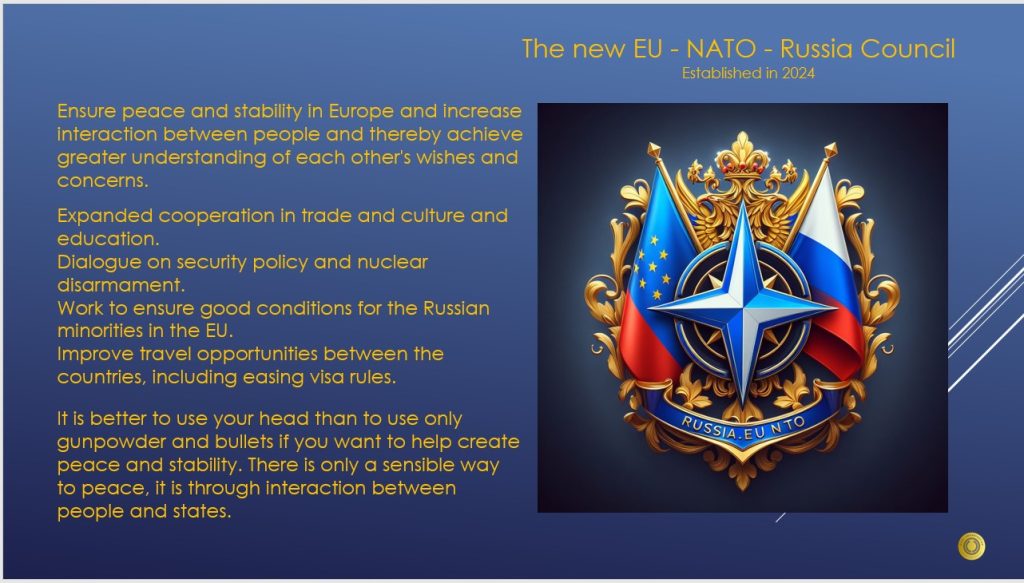
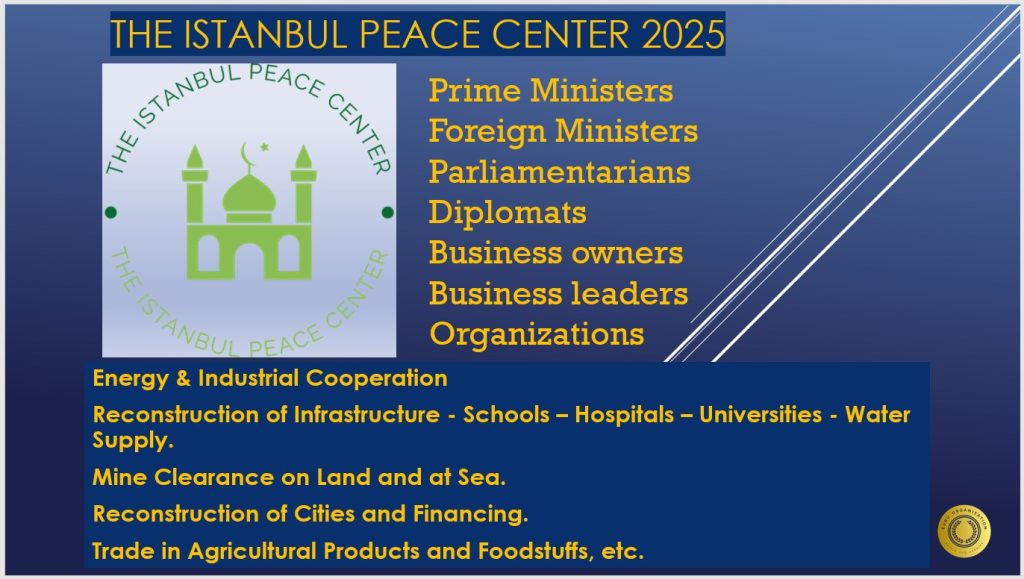
Here is the article in its full length.
Potential Future Peace Negotiations Between Russia and Ukraine in May 2025?
Recent months have seen significant diplomatic efforts aimed at ending the conflict between Russia and Ukraine, a conflict that now substantially involves the United States and the rest of Europe. It is now imperative that peace negotiations are structured into a fixed format within a neutral country, for example, in Istanbul, Turkey. Furthermore, future peace talks should build upon a foundation or platform where 16 selected nations collaboratively strive to achieve peace between the warring parties.
This involves a “16+2” format, where these 16 countries present draft proposals for a future peace agreement to Russia and Ukraine. The two parties would then provide feedback, and the text would be further developed to find a diplomatic solution acceptable to all.
The American President is a decisive, impatient, and proud leader who seeks tangible progress in peace negotiations. His administration has also invested considerable diplomatic energy in finding a peaceful resolution to the conflict. We must hope that they, together with European leaders, will continue to help find a solution for the Ukrainian and Russian people, enabling them to once again live in peace and with faith in a brighter future.
Strategic Diplomacy for Lasting Peace Between Russia and Ukraine An Analysis and Action Plan for International Top Diplomats
Introduction
The ongoing conflict between Russia and Ukraine has had far-reaching consequences for global stability, economic markets, and geopolitical dynamics. An effective peace plan requires a balanced approach that addresses security, economic considerations, territorial issues, and diplomatic normalization. This article presents a comprehensive 20-point peace strategy that can serve as a basis for international negotiations.
This peace plan is built upon a balanced compromise aimed at reducing military tensions, ensuring economic stability, and fostering diplomatic cooperation.
Peace Plan for Russia and Ukraine: Autonomy, Trade, and Strategic Diplomacy A Vision for a Stable and Peaceful Future
Introduction
This peace plan aims to establish a lasting peace between Russia and Ukraine by combining autonomy for Donbas and Crimea, the lifting of sanctions, a new trade and energy policy, and strategic military agreements. This document outlines the key diplomatic initiatives that can form the basis of a broader international peace accord.
1. Extended Autonomy for Donbas and Crimea
To ensure lasting stability, Donetsk, Luhansk, and Crimea will receive extended autonomy within Ukraine.
- Cultural and Trade Sovereignty: The regions will retain their own commercial and cultural identities with close cooperation with both Ukraine and Russia.
- Administration: Local authorities will have the right to self-governance in culture, education, and economy, while remaining part of Ukraine.
- Crimea as a Model for Joint Administration: Crimea will function as a special economic zone where trade between Ukraine and Russia can flourish.
2. Trade and Energy Cooperation with Russia
To create long-term stability and economic growth, Russia, Ukraine, the USA, and the EU will enter into strategic trade and energy agreements.
- Russia will resume energy cooperation with the EU and the USA, which can reduce global energy tensions.
- Ukraine will enter into an agreement on rare earth minerals in Donbas, with security guarantees from the USA.
- Modernization of the Zaporizhzhia Nuclear Power Plant: The USA will invest in the safe operation and development of the plant.
- The Kerch Bridge will be integrated as a strategic transport route for trade between Russia and Ukraine.
3. Lifting of Sanctions Against Russia
A necessary condition for lasting peace is the complete lifting of economic and financial sanctions against Russia.
- Russia will regain its place in the global financial structure, including SWIFT.
- Russian industry and trade will have access to EU and USA markets.
- Russian companies will resume commercial relations with Ukraine, with a particular focus on infrastructure investments in the affected regions.
4. Military Withdrawal and Strategic Stability
To promote military de-escalation, a coordinated withdrawal of Russian troops from mainland Ukraine to Crimea will occur during the 30-day ceasefire.
- International observers will ensure that the withdrawal takes place without provocations.
- Demilitarized zones of 200 km (100 km + 100 km) will be established, creating a long-term buffer zone.
- Russian forces will be limited to the naval base in Sevastopol to reduce tensions.
5. Special Russian Governors for Trade and Culture
To strengthen stability and bilateral relations, Russia can send special governors to Kherson, Zaporizhzhia, Luhansk, and Donetsk.
- The governors’ role will focus solely on cultural and trade relations.
- Regional cooperation on business, cultural projects, and transport can increase economic prosperity in the affected areas.
- Diplomatic guarantees will ensure that governors operate in cooperation with Ukrainian authorities.
Conclusion: Strategy for Implementation
This peace plan represents a moderate and diplomatically balanced model for a future peace agreement between Russia and Ukraine. The gradual implementation should be structured as follows:
- A 30-day ceasefire with international monitoring.
- Coordinated troop withdrawal from the mainland to Crimea under UN supervision.
- The initiation of trade and energy cooperation, with Russia as an integrated actor in global markets.
- Formalization of the administrative structure for autonomy in Donbas and Crimea, with bilateral guarantees between Ukraine and Russia.
- The dispatch of Russian governors for trade and culture to the four regions as a diplomatic confidence-building initiative.
If this plan can be implemented with broad international support, it can form the basis for lasting peace, regional development, and stability in Europe.
20 Selected Areas for Drafting in a Possible Peace Plan
- Ukraine will receive expanded security guarantees from its allies.
- Ukraine will receive economic support for reconstruction from 50 countries.
- Ukraine will declare itself a neutral country, militarily.
- A 30-day ceasefire will be implemented as proposed by the USA.
- 50,000 peace observers will be sent to Ukraine.
- The USA will invest in the Zaporizhzhia nuclear power plant and oversee its operation, modernization, and safety.
- The USA and Ukraine will enter into an agreement on the extraction of rare earth minerals in Donbas, with the USA ensuring the security of the mines.
- Russia will commit to helping rebuild and modernize Sevastopol, Luhansk, Donetsk, Mariupol, Zaporizhzhia, and Kherson. Russia will establish six centers for Culture & Trade in these regions.
- Luhansk and Donetsk will receive extended autonomy within Ukraine, in the areas of culture and trade.
- Crimea will receive extended autonomy in the areas of culture and trade.
- Russia and Ukraine will agree on coexistence in Crimea (possible dual citizenship).
- Special Russian envoys as governors for culture and trade will be sent to Kherson, Zaporizhzhia, Luhansk, and Donetsk.
- The Russian Black Sea Fleet will retain its base in Sevastopol.
- The Kerch Bridge will become an integrated part of the transport system in the area.
- Demilitarized zones of 200 km (100 km + 100 km) will be established along all of Russia’s borders.
- The Russian military will thereafter only be stationed at the naval base in Sevastopol and its vicinity.
- All sanctions against Russian society, businesses, and individuals will be lifted.
- Russia will rejoin global banking communication systems.
- Russia will enter into new trade and energy relations with the USA, EU, and Ukraine.
- Russia, the USA, the EU, and the UK will re-establish normal diplomatic relations.



